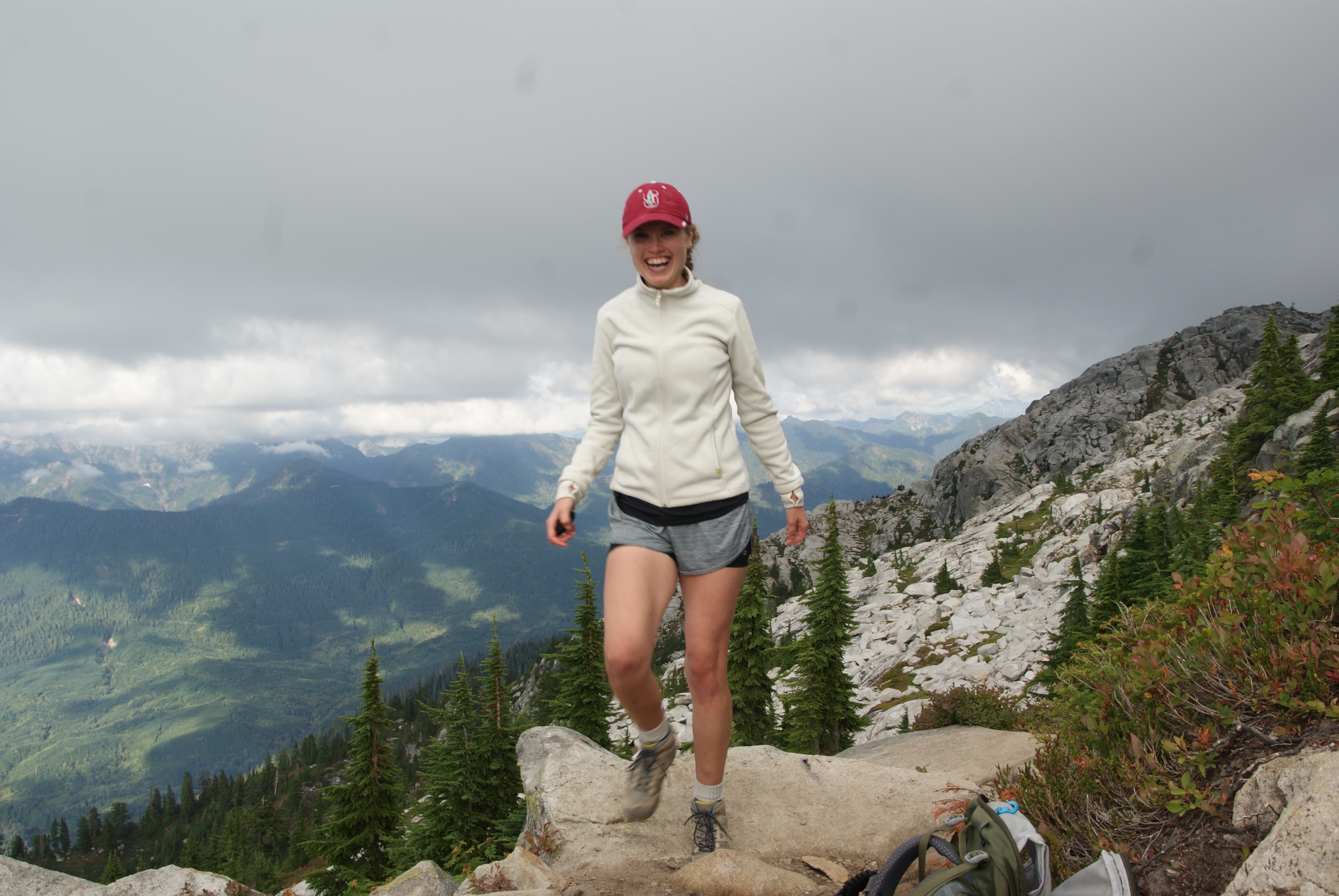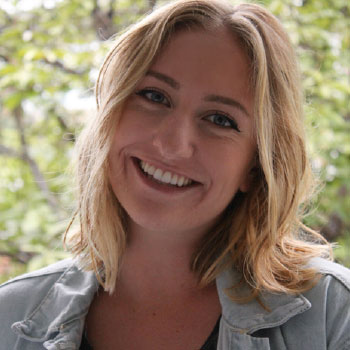During a gap year in Ecuador after high school, Madeline Lisaius encountered the intersection of politics, history and environmental science—three subjects she was passionate about but did not yet know she could study simultaneously.
As a participant in the Global Citizen Year program, she was able to live in San Pedro El Valle, Azuay, Ecuador and cultivate interests that would soon become the basis of international undergraduate research funded by a world-renowned scientific research and educational organization. The next year, Lisaius began her freshman year at Stanford University and has since matured her interests through primary research in the Ecuadorian Amazon.
Lisaius’ current research stemmed from two trips to Ecuador that bookended her freshman year at Stanford. During her gap year, Lisaius acquired an interest in extractive industry. She quickly realized how heavy-handed extractive industry is in Ecuador, especially the petroleum industry. This impact on the community is embedded within society. “The town I live in just outside of Puyo is named Shell after the oil company—that’s just one example of how much influence petroleum has in the area,” says Lisaius.
The government does not reach the remote areas where she lived during previous tours and presently lives while conducting research. General concerns of wellbeing are left for the petroleum industry to mediate. Lisaius says that Ecuador is “largely under petroleum rule, which in itself is fascinating and incredibly saddening.”
Lisaius, now a junior, is currently working in Ecuador alongside the Waorani Women’s Association (AMWAE), which she describes as “a group of Waorani women for Waorani women who are working to make stronger and healthier communities.” Her research focuses on determining why so many indigenous Waorani use the term deforestacíon to describe their forest when there are no signs of deforestation, defined conventionally as tree removal, present in their territory. She was inspired to do this research during her second trip to Ecuador after her freshman year at Stanford.
Upon returning to Ecuador, Lisaius worked directly with AMWAE to do an evaluation of a small plot cacao program implemented by the World Wildlife Fund (WWF) and the International Union for Conservation of Nature (IUCN), which intended “to reduce bush meat extraction, or the hunting of wild animals for meat on the commercial market.” She and her team had to travel to remote areas in the Ecuadorian Amazon. She notes that some trips required “four-hour car rides from the hub city, Puyo, where we were living, then eight hours in the canoe and four more hours of walking away from the hub city” to reach community partners.
Lisaius’ research brought her to the word deforestacíon. “The translation to English is literally ‘deforestation,’ and I found that really interesting because deforestation, in the Amazon at least, is something that Brazil and Peru are known for,” she says. “It’s been happening more from the Atlantic side going west, and not the western side going east of the Amazon basin.”
When she returned to Stanford for her sophomore year, she decided to examine the disparity she found between the indigenous usage of the term and the scientific meaning. Lisaius says:
“I ended up doing a remote-sensing analysis to see how the landscape has been changing over the last decade, to see where deforestation was, to see where forest cover change was…I came back and there was no detectable deforestation in the territory over the last decade–at least very little. So the question became, ‘What are people talking about? Why is there a disparity between the language people are using and what science and scientific language tells us we should see?’ The people who kept expressing deforestacíon as a major concern were people that I trust and that were very serious about this being a primary issue. So I’m back now, thanks to Stanford and National Geographic.”
Though she just began her research on the term, she has a few hypotheses about why the indigenous groups of the Ecuadorian Amazon use this term in reference to their territory. Her first guess is that locals mean deforestation in the scientific sense of the word. Although tree removal is not a concern in the territory, the boundaries of the region are fairly new, as they were set within roughly the past 20 years.
Lisaius emphasizes that they might see tree removal happening, but they do not indicate that it occurs outside of the territory. Her next hypothesis is that people are lying about deforestation. However, Lisaius says, “I don’t think that’s the case, but it’s a hypothesis that I have to consider.”
Lisaius’ last hypothesis about the discrepancy in the usage and meaning of the term deforestacíon revolves around a distorted use of the term. The indigenous groups using the term might simply be describing changes they notice occurring in their forest. That might be structural changes caused by infrastructure; it might also be the noise, air and water pollution caused by extractive industry, which drives away native wildlife. Both involve physical changes to the forest that they know well.
In addition to the forest’s palpable transformations in recent years, Lisaius expounds that people might also be referring to historical changes that occurred over 60 years ago. The Waorani, once a semi-nomadic, hunter-gatherer and horticulturist group, were coerced out of their state of voluntary isolation by a group of missionaries. Lisaius cites this “complete change to their society” as a potential reason for their misuse of the term. Either way, she is determined to find an explanation while continuing her education in the place she considers a second home.
Despite her prior research success in Ecuador, Stanford was not keen on giving Lisaius a research grant to pursue her interests in the Amazon. Her research plan was expensive, but more importantly it involved too much time away from school. The explanations Stanford gave her as to why they refused to give Lisaius grants centered around the idea that they could not support her year-long endeavor because she should be in class, although they assured her that it would make a great summer project. “I thought that was ridiculous. I learn more getting this experience. If this isn’t an incredible learning experience, I don’t know what is,” she discloses. Lisaius did not stop there, though. International research is expensive—gasoline for canoe rides, lodging expenses and food are costly even for one person. After speaking to an advisor, she applied for the National Geographic Young Explorers Grant and two more flexible research grants funded by Stanford families.
Although she almost deleted her grant approval email thinking it was spam, she feels invigorated “to have such a reputable organization invest in me.” With the National Geographic grant, she hopes ultimately hopes “to provide good information to my community partner, AMWAE, and also to produce strong academic work.” Her research will carry her into her senior year at Stanford University, where she will complete her B.S. and M.S. in Earth Systems.
















